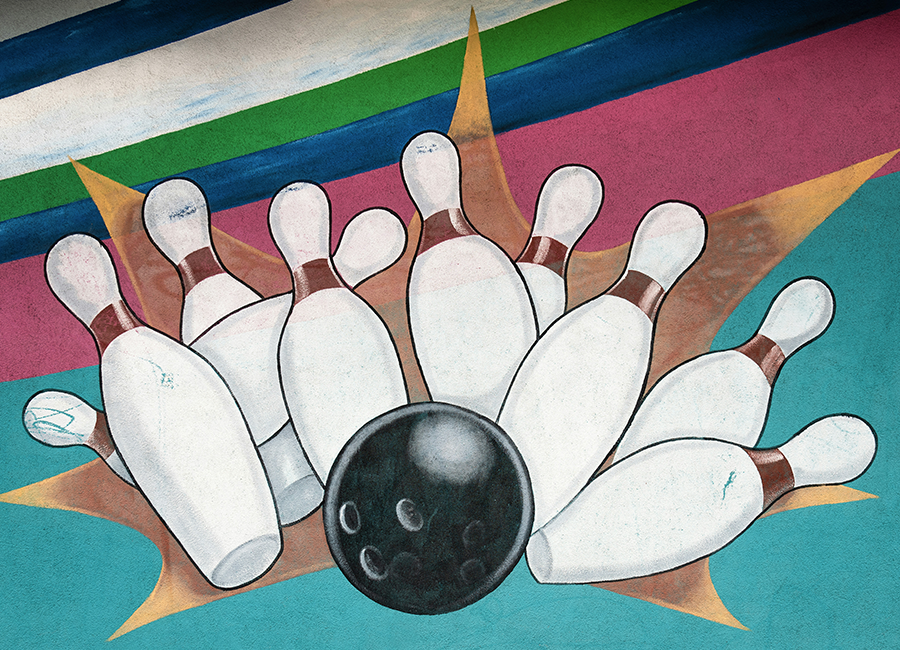Online focus groups are one of the most prominent ways to conduct qualitative research for a very good reason: they directly connect brands to customers, so they can truly understand what goes on inside their decision-making processes. Qualitative research is great for better understanding consumer behaviour on many levels, and focus groups, specifically online focus groups, have been a staple in a researcher’s tool kit for many years because of the way we are able to hold vital conversations and dive deep into participant answers in a scant few minutes.
One of the challenges insight experts face in this regard though is connecting to the emotional and subconscious states of consumers to uncover the truth. As humans, we tend to think logically and act emotionally. So, our decision-making process is an incredibly complex thing that is unique to each person. However, there can be similarities between a group of people with similar interests or when interacting with the same thing - this is where brands want to know more.
Using projective techniques in qualitative research tasks such as online focus groups, stakeholders can start to understand exactly how their consumers think and act when it comes to interacting with their brand, and what they can do to spark more interaction.
| Tweet This | |
| Online focus groups are stapes of qualitative research, and with the help of projective techniques stakeholders can truly understand their consumers decision-making processes. |
Projective Techniques in Market Research
What are projective techniques and how do they apply to market research? Well, projective techniques is the term for a collection of methods that are used by research professionals to draw out subconscious nuances such as biases and beliefs to better understand human (or consumer depending on the setting) behaviour. Market researchers have been using these methods in qualitative research for many years, drawing them out from behavioural science and anthropological studies.
The Rorschach Inkblot test is probably the most famous example of a projective method, which consists of showing respondents images of ink blots and asking them what they see in the image. The answers to this tend to reveal a lot about their state of mind currently, their past and present influences, as well as their dominant personality traits.
The primary function of projective methods in qualitative market research is to enable insight experts and stakeholders to tap into subconscious associations and emotional connections to understand the influences present in their decision-making processes and the depth of their emotional connection to their brand; because of the interactive and simple nature of these tests, research participants often like these exercises even when the main purpose isn’t made clear to them.
Best Techniques for Online Focus Groups
Even though projective techniques have been used to better understand consumers for decades now, not all techniques will translate from traditional in-person focus groups to modern online focus groups. So what are the best projective techniques for online focus groups?
Word Association Test
An oldie but goodie, and something a lot of respondents are familiar with through children’s games. This familiarity is a crucial way to help respondents feel comfortable expressing their thoughts openly and without judgement. In this technique, the insight expert will present a word and the respondent will need to answer with the first word that comes to mind.
To help this technique work to the best of its ability, insight experts need to establish the language the respondent is comfortable using, and then the answers can be explored in more depth at the end of the test or used as a base for future research.
Sentence and Story Completion Tests
This is a more developed version of the word association test, where respondents are given parts of sentences or stories and they are then asked to complete them with whatever comes to mind first. It might take the form of mad-libs where there are words missing from the story, or the researcher will start the sentence or story off and ask the participant to jump in and finish it or interject whenever their instinct inspires them.
Guided Visualisation Journeys
Also sometimes mentioned as the ‘planets’ technique, this technique is best used with a little bit of time on your hands. The moderator creates an imaginary room, building, or planet to represent the subject of research, however, they do not fill the space. That is the job of the respondents. The respondents will communicate to the researcher what their space looks and feels like, and these will communicate exactly how they feel on a subconscious, intuitive level.
| Tweet This | |
| Here we have five great projective techniques to enable insight experts to dive deep into the subconscious and emotional sides of decision-making processes. |
Mood Boards or Scrapbooking
Some of the best qualitative methods are the most creative, and this projective method is an incredibly useful tool to help stakeholders get a feel for what consumers think about their brand, product, or service. Mood boards are great for expressing what you feel through images, colours, and themes, really representing the emotional state of decisions made without participants having to use their words.
This is a great technique that respondents can either do in a session and narrate their thoughts as it occurs to them and while they’re making decisions, or they can do it before a task and try to talk through things once they’ve had a chance to gather their thoughts. The former is best for this type of task, as it stops them from overthinking their choices and focusing on their in-the-moment feelings and actions.
Brand Personification
This task requires a bit of thinking and is best done in the focus group rather than before as preparation. Brand personification is the act of taking a brand and making it human, assigning human traits, behaviours, beliefs, and biases to a character that is made to represent the brand itself. This is a form of what brands do with their customer base through ‘consumer personas’ but in reverse to understand exactly what sort of entity consumers believe the brand, business, and by extension stakeholders, to be in real life.
This last one is probably the least abstract projective technique mentioned in this blog, and because of that could be the best one to start off with when doing research on the brand itself. The others are greatly applicable, but for a direct connection to the subject at hand, this technique can be a great go-to.


















